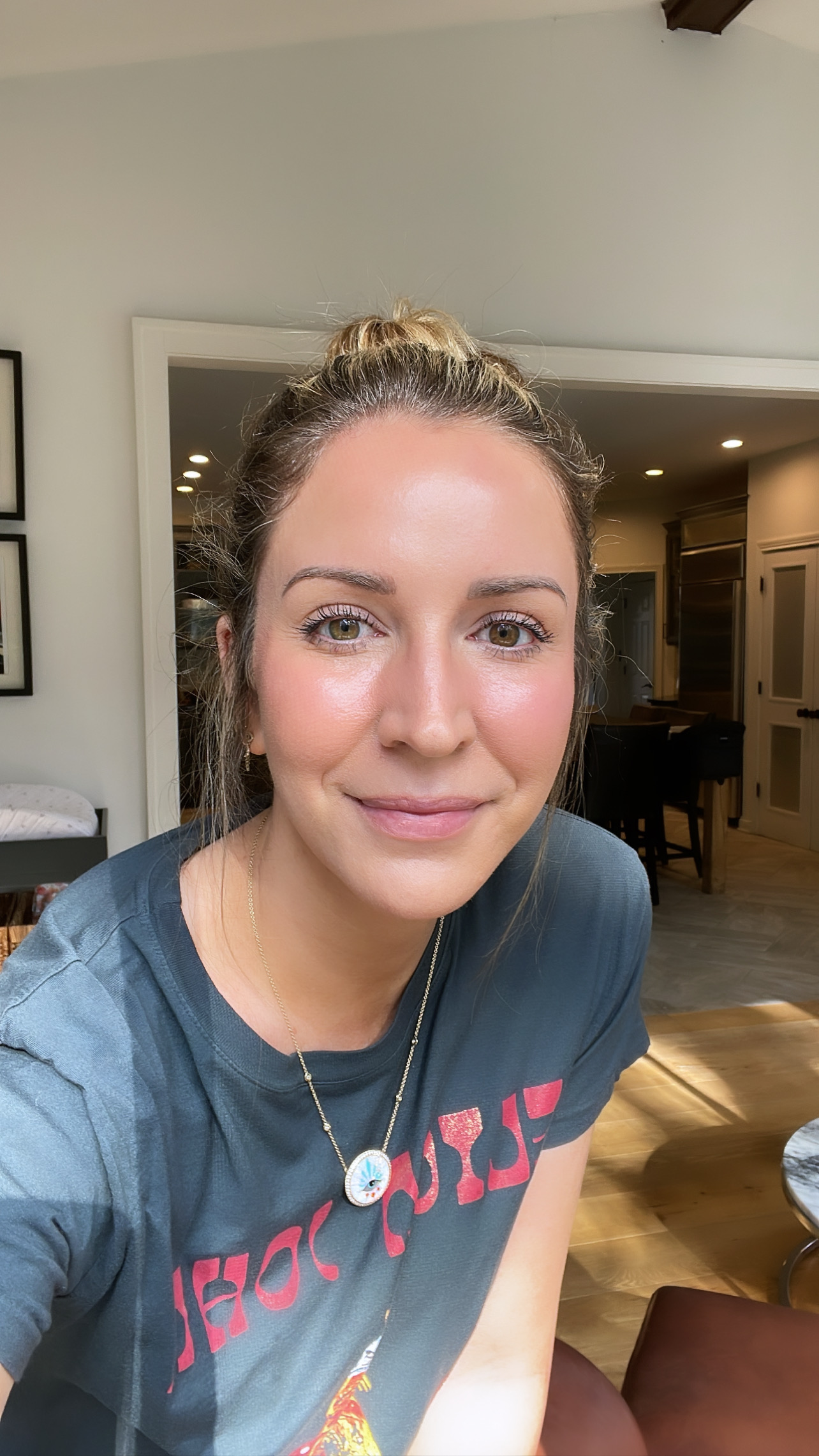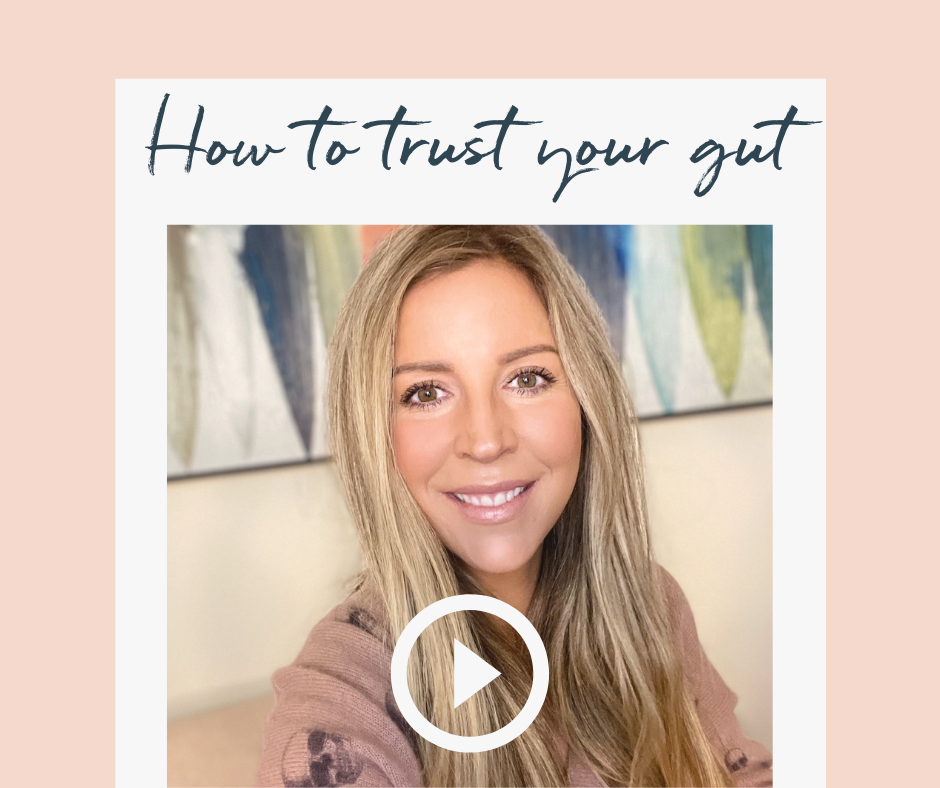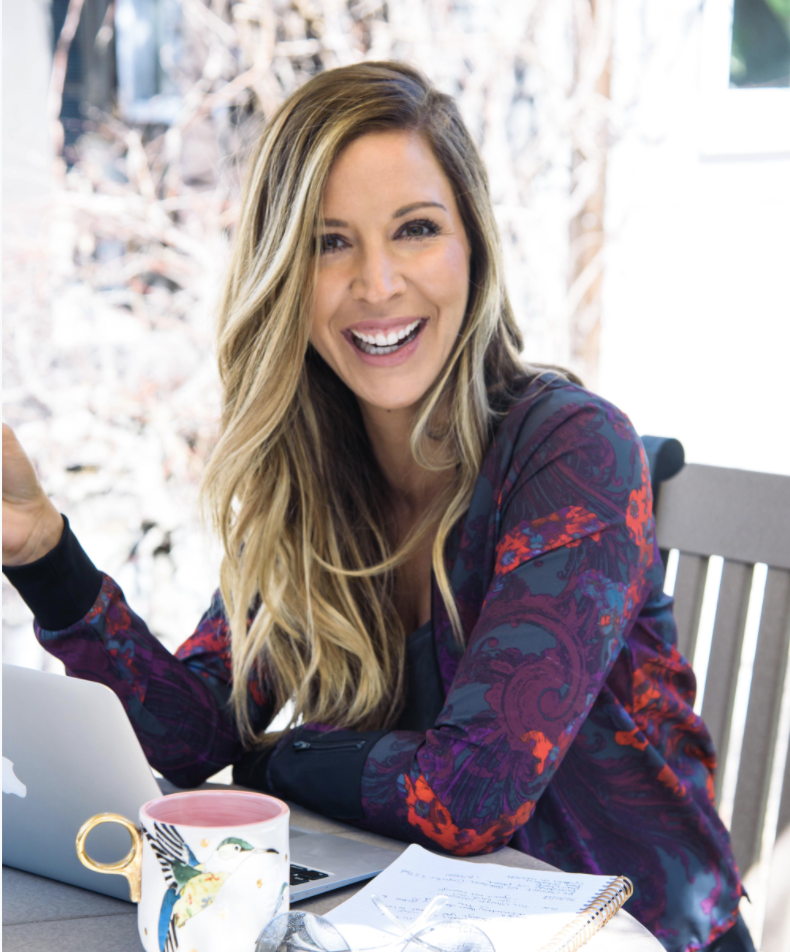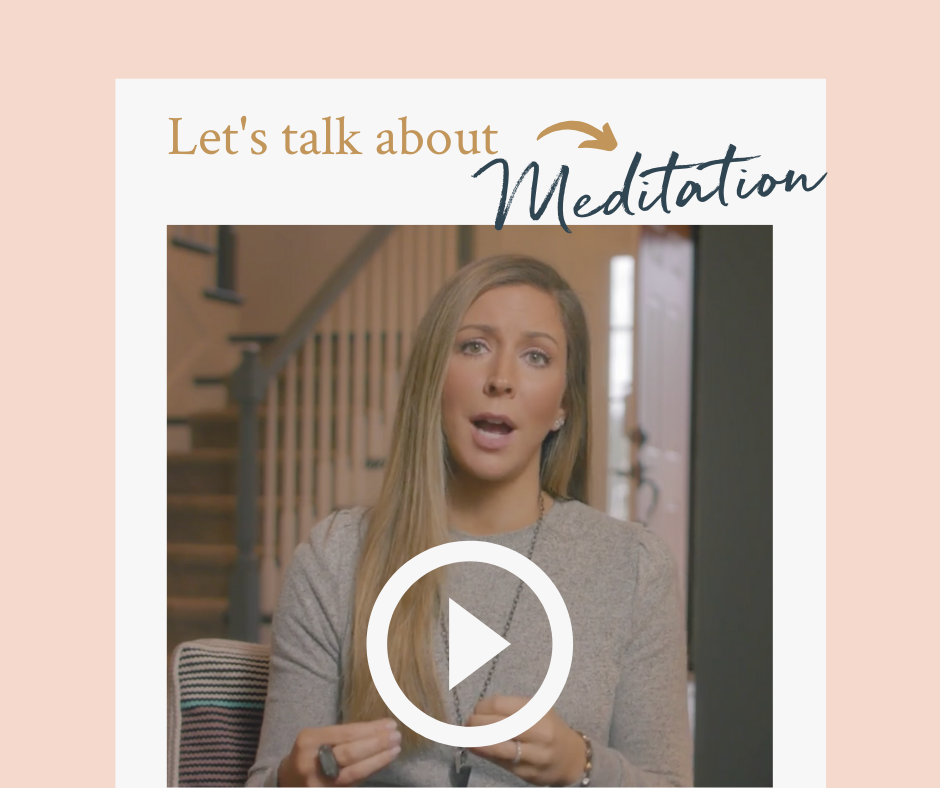Getting clear on boundaries and why they’re confusing.
There are so many interpretations of what boundaries are, what they mean, and how to communicate them. When working with clients, this is my favorite way to break them down:
- Step 1 – Identify how you feel or what you need.
- Step 2 – Then, hold yourself accountable to honor that feeling or need.
- Step 3 – Rinse and repeat.
Now let’s talk about why these steps are much much harder in practice.
Step 1 – Identify how you feel or what you need.
Barriers to Step 1 – Family history, family systems, gender, trauma, abuse, pain, grief, attachment, shame, the need to belong, the need to be liked, the need to be accepted, middle-school, high-school, high-school cafeterias, magazines, movies, advertisers, cultural norms, education, access to resources, being human.
…Just to name a few.
Identifying what you need is HARD, and it’s hard because so many of us have spent the better part of our lives making choices based on what was modeled for us, encouraged, praised, or what we were punished for. We are creatures of comfort. When faced with potential rejection, standing up for ourselves, or what we believe in can feel terrifying … which means it can potentially feel easier to laugh at the joke, turn the other cheek, or go along to get along.
Step 2 – Hold yourself accountable to honor your needs.
Barriers to Step 2- Asking for what you want is vulnerable.
True vulnerability is sweaty, itchy, and uncomfortable.
We are creatures of comfort, and this has served us well for thousands of years. Discomfort, or any pain response, sends a signal to our brain that something is wrong and we’re not safe.
For example ->>
Me: “That’s a saber-toothed tiger.”
My Brain: “RUN! DANGER! Find a place to hide!”
Thank you brain:)
Today we’re more likely to encounter a meme about Tiger King than a real life tiger. In the modern world, most of us are faced with new challenges that are emotional in nature. Essentially, our brains are giving us the same advice anytime we’re nervous, uncomfortable, or experiencing something new.
For example ->>
Me: “I want to say ‘hi’ to that person and invite them on my podcast. I love the work they’re doing in the community (AKA – They seem really cool and I hope they like me.)
My brain: “RUN! DANGER! Find a place to hide!”
So, what do we do with this?
One of the first things I do for myself, and my clients is to offer up as much self-compassion and grace as possible.
Wanting to be liked, accepted, and understood is what it means to be alive. Rejection is one of the most painful experiences any single person can go through, and honoring your own needs at the risk of rejection… is terrifying.
So, why bother?
Because trading the pain of potential rejection by doing nothing, is accepting the pain of regret.
When you’re saying No to regret, you’re saying Yes to yourself.
Step 3 – Rinse and repeat.
Barriers to Step 3 – When you follow Steps 1 & 2, and it doesn’t work out the way you hoped.
When I’m knee-deep in an internal boundary-battle, I like to remind myself this ->> I have the right to ask for what I want, then choose my response based on yours.
Honoring our boundaries is how we honor our essential needs. The way we do that may come in the form of a No, a Yes, a Maybe, an I don’t know, or even walking away. They can change with age, be situational , or relational. If you need a gentle push to say Yes to yourself, check out the three questions listed below. They’re some of my personal favorites when I feel stuck and need clarity.
Every time you get more honest you get more magical.
Martha Beck
- Knowing that I don’t get time back, how will I feel about NOT acting on this?
- What am I willing to risk to have what I really want?
- Which is the most loving choice for me?
































